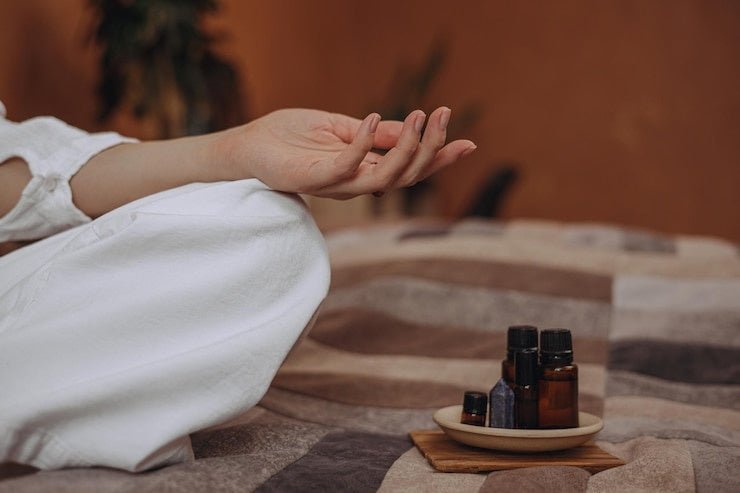
Enhancing Your Yoga Practice with Essential Oils
Yoga and aromatherapy are both ancient practices that promote wellness and mindfulness. When combined, they offer a powerful synergy that can enhance both mental and physical aspects of your yoga practice. Essential oils, with their potent aromatic properties, can be integrated into yoga to deepen relaxation, increase focus, and elevate the overall experience. Here’s how you can incorporate essential oils into your yoga routine to create a more immersive and soothing practice.
Choosing the Right Essential Oils
The first step in integrating essential oils into your yoga practice is selecting the right oils. Different oils have different benefits and can be used to set the tone of your practice. Here are a few popular choices:

- Lavender: Known for its calming and relaxing properties, lavender oil is perfect for evening yoga sessions or any practice that focuses on relaxation and stress relief.

- Peppermint: With its invigorating scent, peppermint oil is ideal for morning yoga routines. It helps awaken the senses and boosts energy, which can enhance your focus and endurance.

- Eucalyptus: Recognized for its ability to enhance breathing, eucalyptus oil is excellent for practices like pranayama (breath control). It helps open up the airways, allowing for deeper and more relaxed breathing.

- Frankincense: Often used in meditation, frankincense has grounding properties that can help deepen your connection to the earth and promote a sense of peace.
Methods of Using Essential Oils in Yoga
Once you’ve selected your essential oils, there are several ways you can incorporate them into your yoga practice:
- Diffusing: Using an essential oil diffuser in your yoga space can help distribute the oil’s aroma evenly throughout the room. This method helps set a calming ambiance from the start to the end of your session.
- Topical Application: For a more personal experience, you can apply essential oils directly to your skin. It’s important to dilute the essential oils with a carrier oil like argan or jojoba oil to avoid skin irritation. Apply on pulse points such as the wrists, temples, and neck before beginning your practice.
- Incorporating into Yoga Props: Add a few drops of essential oil to your yoga mat, blocks, or any fabric-based props like yoga straps or eye pillows. This method helps in creating a consistent aromatic environment that enhances your movements and breathing exercises.
Safety Tips
While essential oils can greatly enhance your yoga practice, it’s important to use them safely:
- Skin Sensitivity: Always perform a patch test before applying oils to your skin, especially if you have sensitive skin. Also never apply essential oils directly to your skin — always combine them with a carrier oil.
- Quality of Oils: Use high-quality, organic, pure essential oils such as Cliganic without additives to avoid skin irritations and ensure the best therapeutic benefits.
- Ventilation: Make sure your yoga space is well-ventilated, especially when using diffusers. This helps prevent the air from becoming overly saturated with the aromatic oils.
Take a look at this article for more safety tips.
Closing Thoughts
Integrating essential oils into your yoga practice can transform an ordinary routine into a profoundly uplifting experience. Whether you’re looking to energize your morning session or unwind after a long day, there’s an essential oil that can enhance your practice. By choosing the right oils and using them safely, you can deepen your connection to yoga and enjoy a more holistic approach to wellness. Looking for more ways to use essential oils in your daily wellness routine? Read this article: Best Essential Oils for Meditation.

























